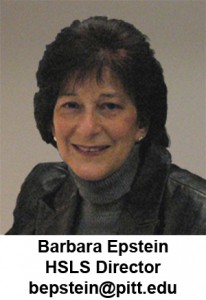 Though the calendar year begins in January and the fiscal year in July, the start of classes and students’ return to campus in August always seems like the “real” new year to me. Though we relaxed a bit over the summer, now we’re busy with orientations and new projects.
Though the calendar year begins in January and the fiscal year in July, the start of classes and students’ return to campus in August always seems like the “real” new year to me. Though we relaxed a bit over the summer, now we’re busy with orientations and new projects.
This issue has information on upcoming workshops about online tools to enhance your current awareness, productivity and personal organization. And mark your calendar to attend our conference on mobile computing on Friday, October 29.
Check your wallet for old library copy cards, and be sure to use all of the credits before September; after that, we will switch to a new system and any remaining value will be lost.
This issue also reports on “cool tools” from MedlinePlus, new e-resources in bioinformatics, and a Web site called JANE, that helps you identify relevant journals for your manuscripts and others working on research topics similar to yours.
Remember that each school has a designated liaison librarian—have you met yours? If not, we’ve listed their names and contact information in this issue. Stop by and introduce yourself!
Make a note to yourself to attend one of our classes this year, or learn about an HSLS service or resource. We’re looking forward to “seeing” you online or in-person.

 Do you have a question about how to search a specific database? Feeling overwhelmed and not sure where to begin researching a topic of interest? Ask for help from your school’s liaison librarian listed below. Liaisons have in-depth expertise in retrieving, evaluating, and managing information.
Do you have a question about how to search a specific database? Feeling overwhelmed and not sure where to begin researching a topic of interest? Ask for help from your school’s liaison librarian listed below. Liaisons have in-depth expertise in retrieving, evaluating, and managing information.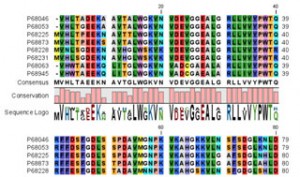
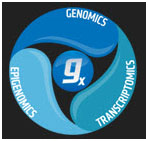 Genomics: whole genome re-sequencing and targeted re-sequencing of genomes of any size and type, de novo assembly of an unlimited number of reads, SNP and DIP detection, identification of genomic rearrangements
Genomics: whole genome re-sequencing and targeted re-sequencing of genomes of any size and type, de novo assembly of an unlimited number of reads, SNP and DIP detection, identification of genomic rearrangements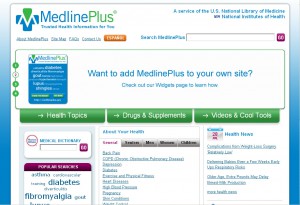 Multimedia resources for medical and patient education are becoming more widely available.
Multimedia resources for medical and patient education are becoming more widely available. 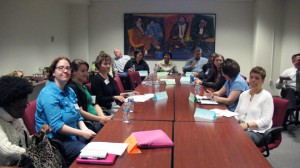 HSLS and the University’s
HSLS and the University’s 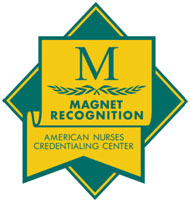 In March 2010, UPMC Shadyside was designated as a
In March 2010, UPMC Shadyside was designated as a